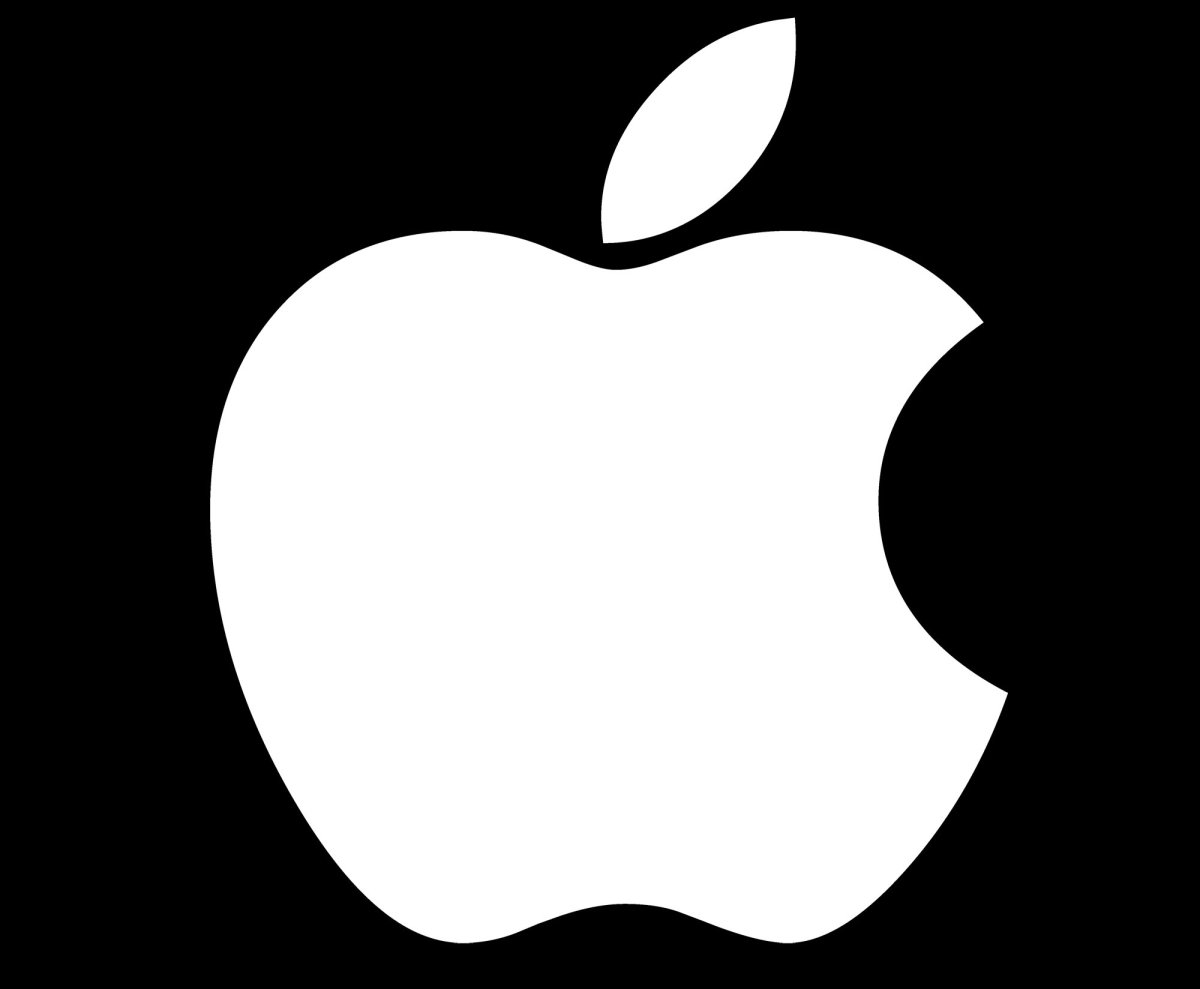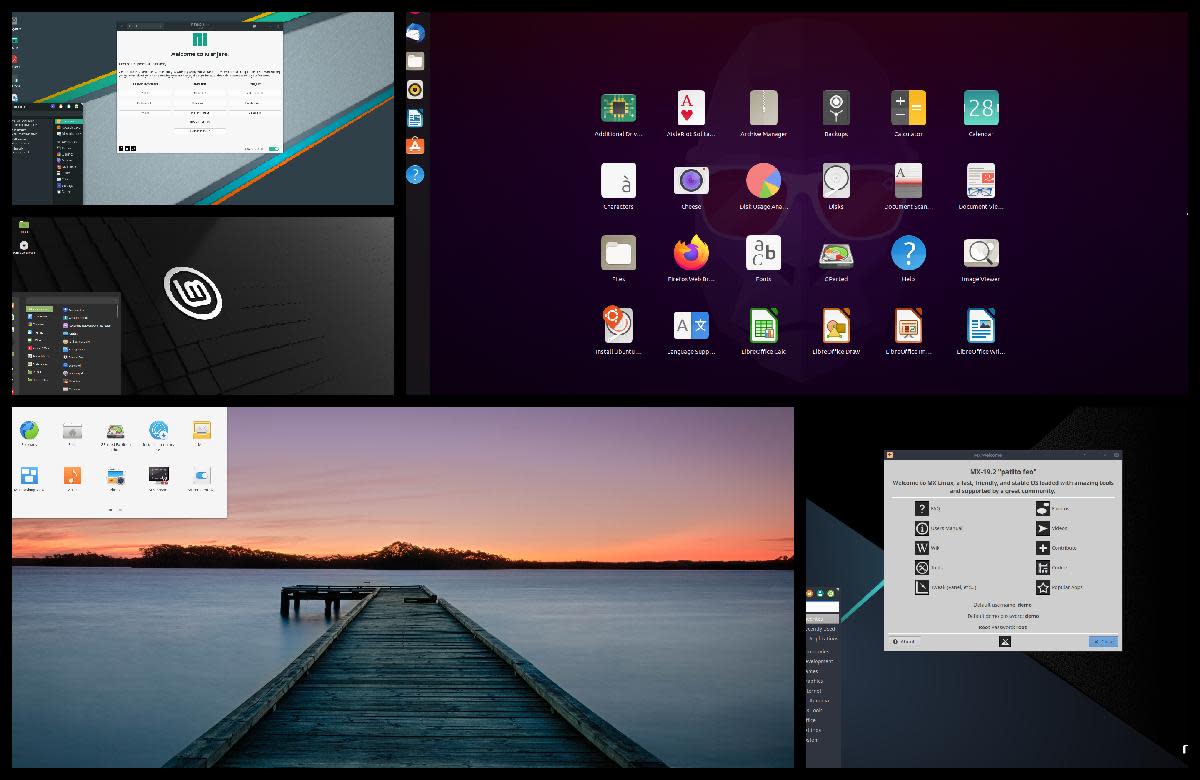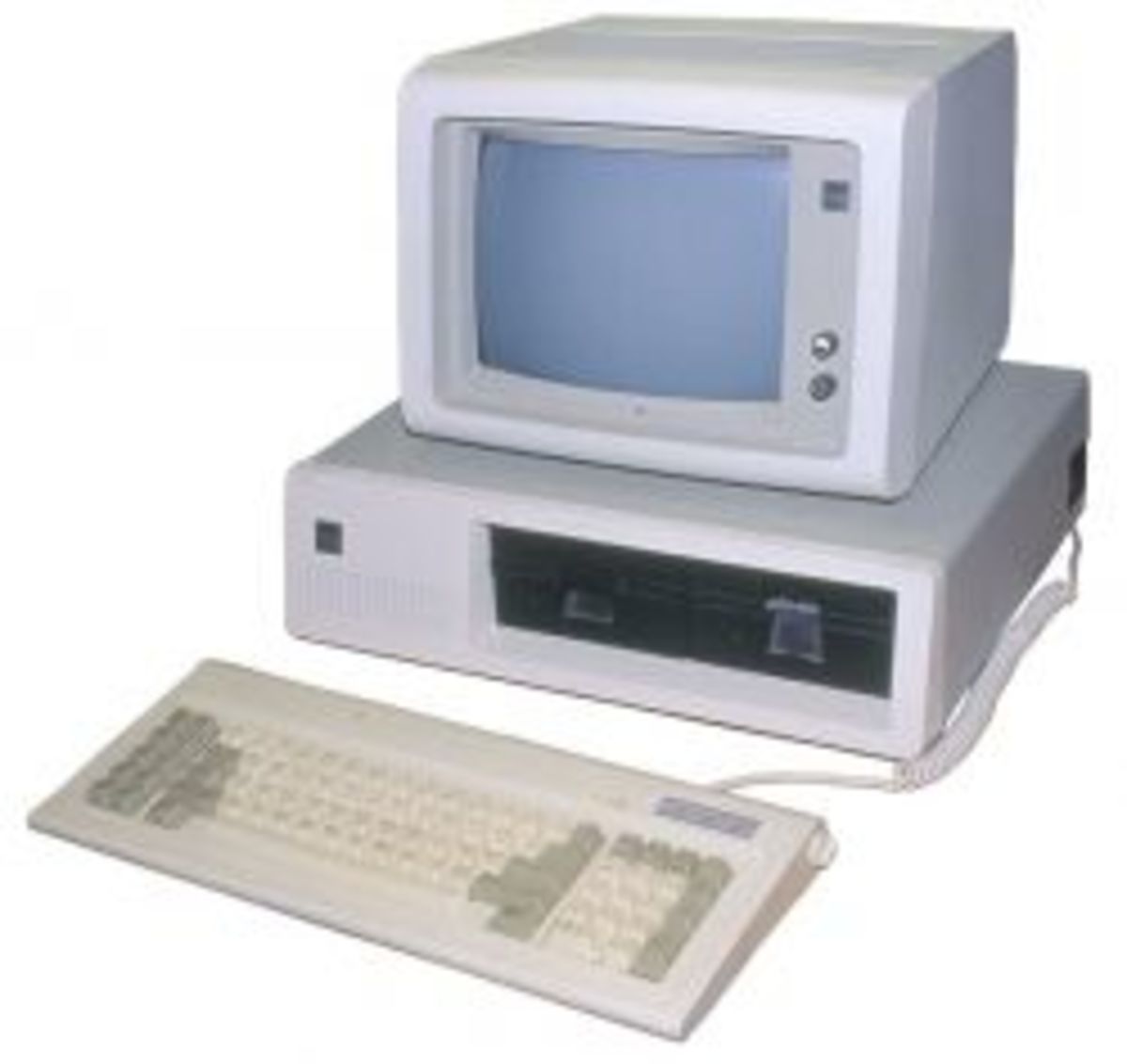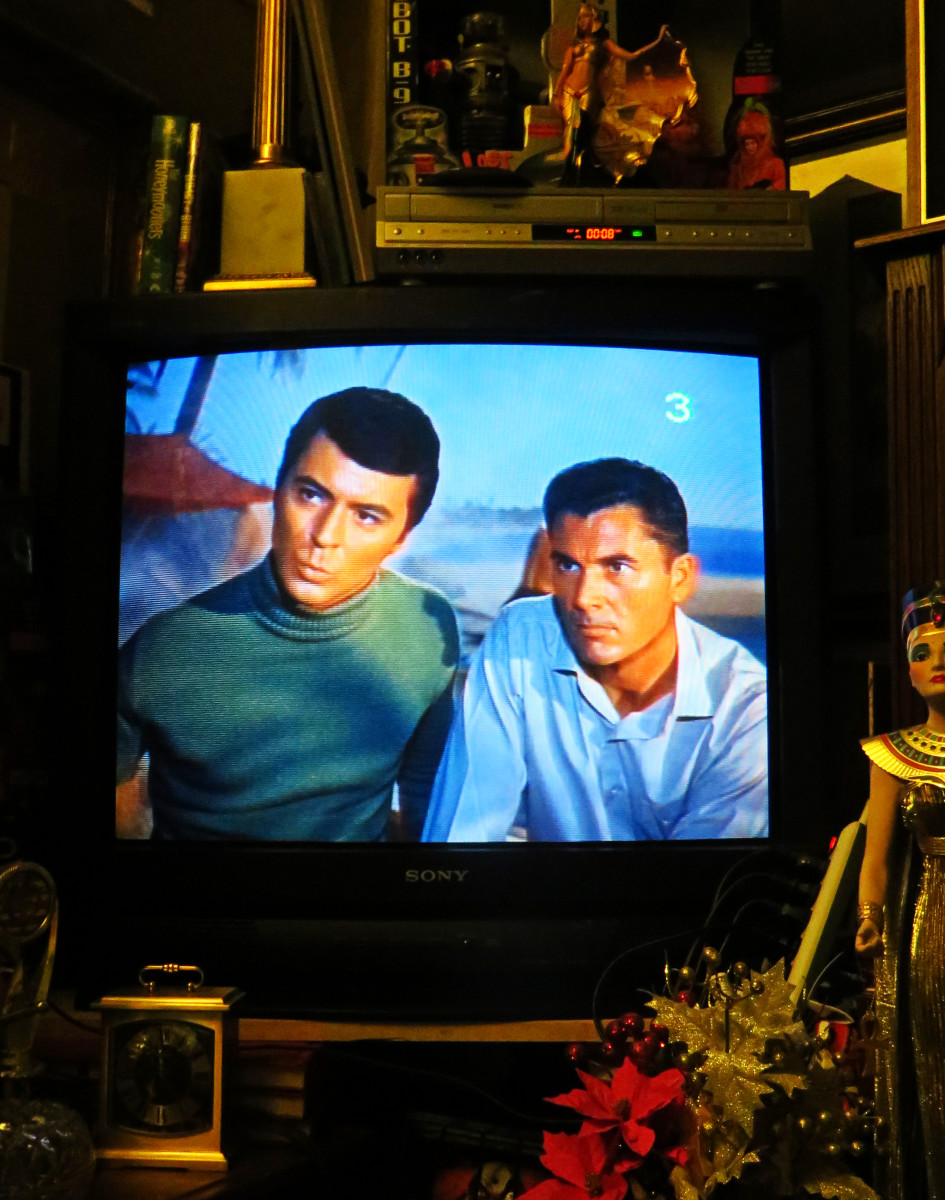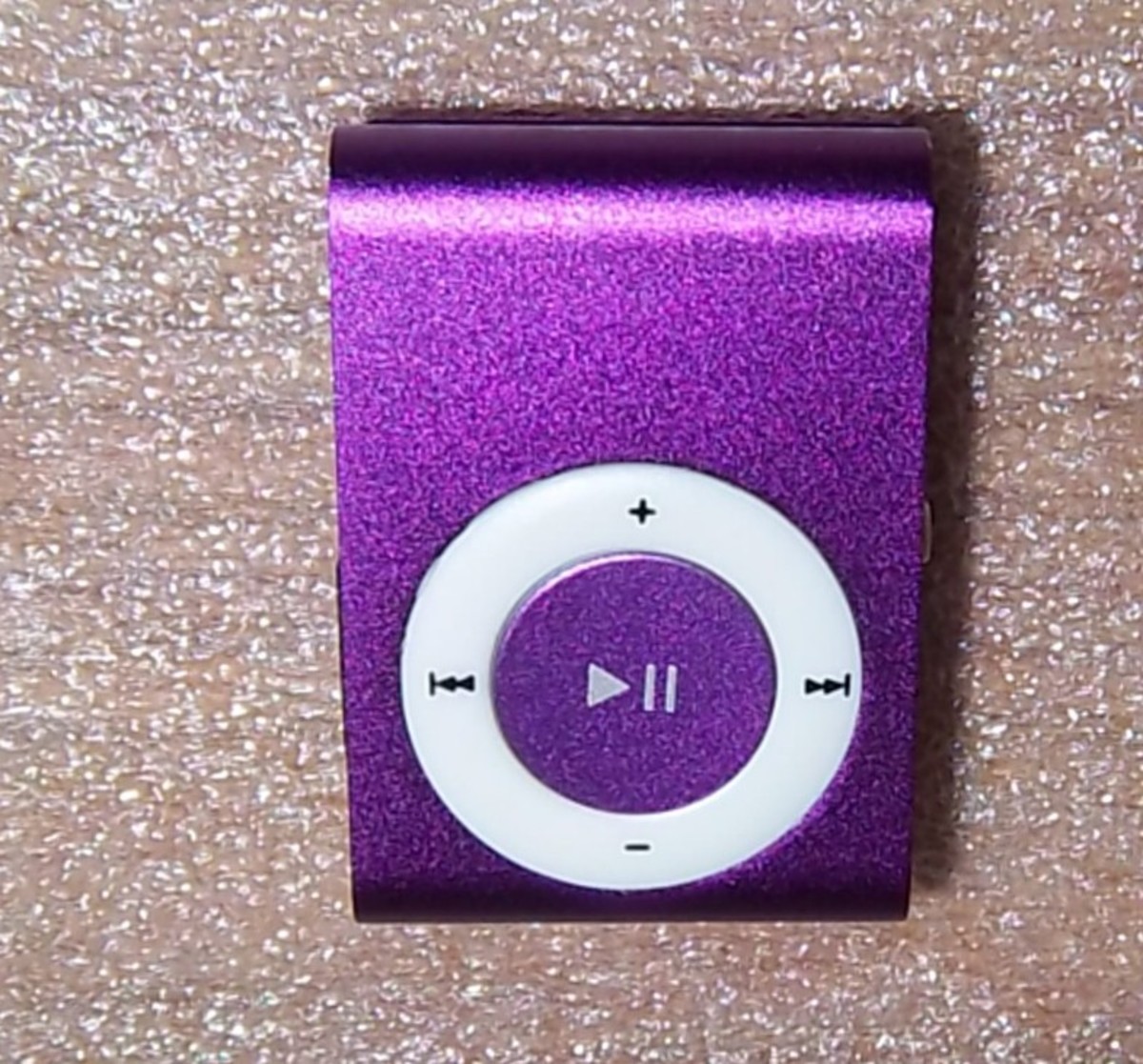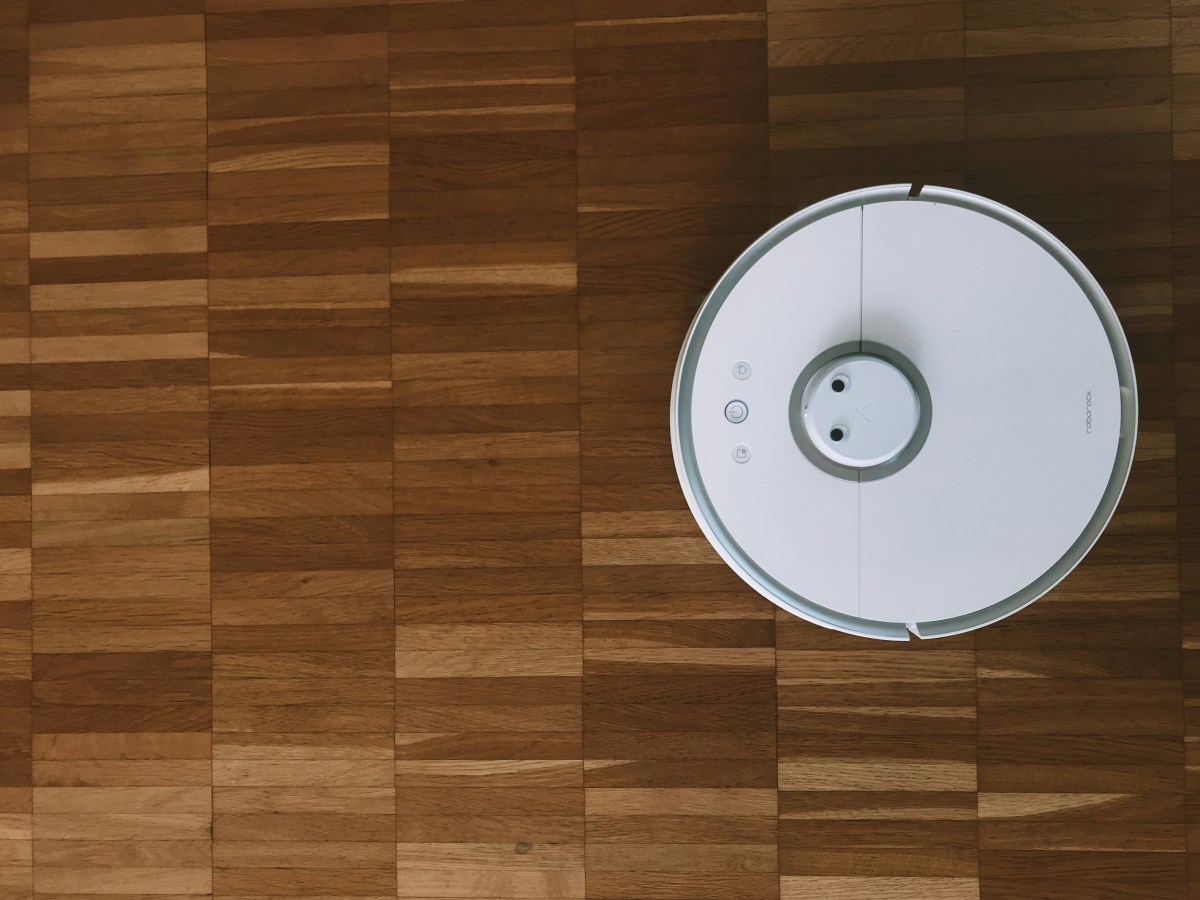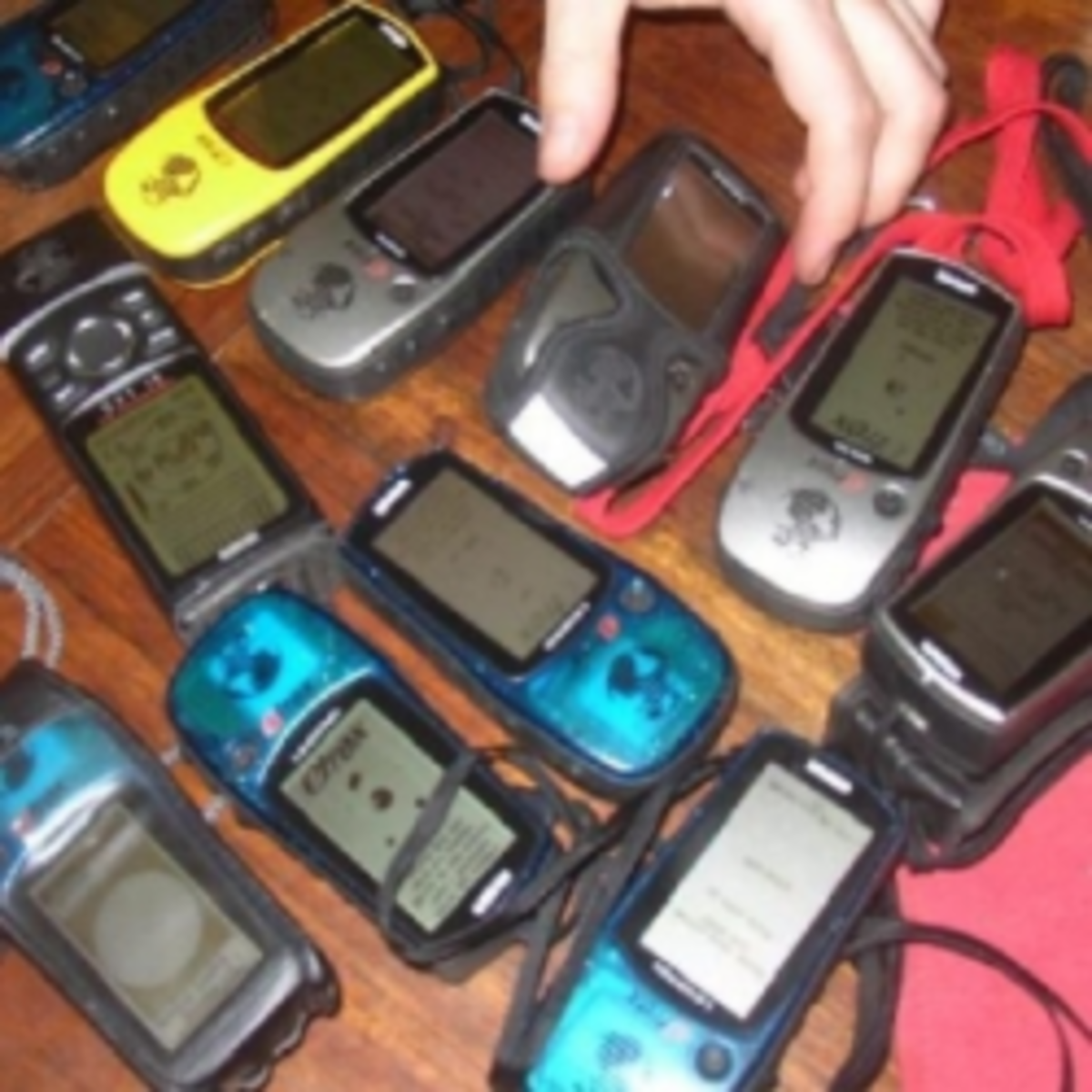Some Take-Aways from the Consumer Electronics Show (CES) 2012
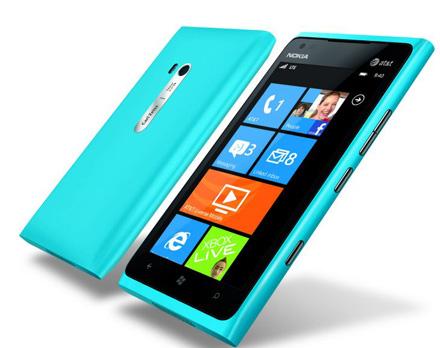
Related Links
- Machine-to-Machine for Cellular
Cellular machine-to-machine services, applications, and devices is predicted to have a huge growth projection over the next several years. This article tries to provide an overview of what M2M is and gives examples of some of these services. - Novatel MiFi M4510L Product Review (Verizon Wireless)
This is a product overview and description of the VZW Novatel 4510L LTE. Mobile hotspot. A. Great product worth investing in if you find yourself and others working away from the office alot. - Mobile Hotspots (Cellular Backhaul)
With all the Wifi-enabled devices in the world today, mobile hotspots are becoming more and more popular. Most cellular service providers support these. This article provides an overview and explanation of exactly what is a mobile hotspot and provide - Tablets, Cellular or Wifi?
When purchasing a new tablet, you need to decide whether WiFi connectivity is enough or if you need cellular access within the tablet. This help helps explain the options and provides a recomendation. - Apple's iCloud
The latest buzz word in the industry is "The Cloud". In this article, see how Apple's iCloud can help yo out in your everyday routinees, especially if you use multiple devices.
For the week of Jan 9, the desert of Nevada was infiltrated by technology geared at the end user as the 2012 Consumer Electronics show took place in Las Vegas. This show is one of the largest trade shows anywhere, typically attended by over 100,000 people. As expected, many new announcements were made and below I will summarize some of the more interesting products.
Microsoft Windows Phones
Steve Balmer , CEO of Microsoft made a keynote address at what has been announced as Microsoft’s last year attending the event. Microsoft is playing catch up to two formidable foes in the race for smartphone operating system dominance. They have a long way to go if they have plans to pose a real threat to industry leaders Apple and Google. The big question is whether or now Microsoft Windows 7 will have any impact at all in the smartphone industry. Teaming up with Nokia, Microsoft hopes the two companies working together will help gain marketshare in the mobile operating systems wars. From this year’s Consumer Electronics show, things are looking bright for Microsoft as Nokia’s Lumina 900 Phone won several awards.
One thing Microsoft has similar to Apple, is the desktop operating system. With Microsoft’s dominance of the desktop OS market, they could possibly through the use of “the Cloud”, similar to Apple, make working with files, photos, music, and email, seamless to users, regardless of what device you are using (see hub Apple's iCloud)
Samsung Smart TV
Samsung was the world's number 1 TV brand, for the sixth consecutive year. Based on their announcements at CES, they don’t plan to sit back and enjoy that honor. They came out early in the show announcing their “Smart TV” capabilities. By Smart TV, they really mean internet ready television. The goal is to turn the traditional television into more of an entertainment platform for both television programs as well as internet content.
Aside from what you can view on the television set, the way yo control it is advancing as well. With Samsung’s new Smart TV, you will now be able to control yor TV through gesture, facial recognition and voice controls. Can you imagine not having to tear the cushions off your couch looking for that darn remote. Now, you can simply talk to the TV and it will respond to your voice. This technology sounds very similar to what Microsoft introduced last year with their Kinect for the Xbox.
Getting back to the content, Smart TV include specific services, which would equate to “applications” in the smartphone world. They claim to have over 25,000 developers who have created applcations for this platform and they expect a total of over 20 million apps to have been downloaded by the end of January.
They also introduced a concept they called Smart Evolution. This allows you to upgrade your TV with capabilities that can be introduced in the future. This means that you’ll be able to get additional life out of your TV. In the past, if you really wanted the latest and greatest features on your TV, you were forced to go out and buy a new model.
Finally, Samsung introduced Smart Hub, which is a user interface on top of web features. It is really built to take advantage of cloud connectivity and keep your TV in synch with other devices in terms of things like photos and videos. (see Apple's iCloud and Apple iOS 5 Overview).
with these types of services and capabilities, Samsung is also competing with Apple TV, a product Apple had introduced over a year ago (see Apple TV, A High Level Overview)
Nokia’s Lumia 900 Phone
The Nokia Lumia 900 was introduced to the world this week at CES. This smartphone is based off the Microsoft operating system and will be launched on the AT&T's 4G LTE network in the coming months.
The success of this device is critical to the new partnership forged between Microsoft and Nokia. If they want to make a dent in the Smartphone market share. That market, as we know, is dominated by both Apple (ios) and Google (Android). Both Microsoft and Nokia are putting a lot of marketing money into the Lumia 900 to help boost its presence in the marketplace.
According to some analysts at the show, the Lumia 900 is on par capability-wise with the recently launched iPhone4S. That statement alone lets you know how good this phone really is. Now it will be up to the consurmers who will be choosing between Apple ios and Windows Phone.
Ultrabooks
At last years CES, notebooks were the big announcement and was thought to be the real technology winner in 2011. Well those notebook computers never really caught on. This year, OEM’s have gone a step farther and are now pushing the Ultrabooks. These Ultrabooks are slimmed down versions of laptaps. The hope is that the Ultrabooks will fill a niche where consumers are looking for something in between a full size laptop and a tablet computer. The biggest different between last years notebooks and this years Ultrabooks is the amount of power packed inside. The biggest know on the notebooks was that they were not very fast and couldn’t run all the Windows-based applications that existed on a regular laptop. The Ultrbook addresses these concerns.
At the show, many Ultrabooks were announced. Some were impressive, but most were ho-humm!! Two of the better, more impressive ultrbooks introduced were the Samsung' Series 5 and Toshiba's Portege.
Samsung's Galaxy Note
This product was announced here in the US after being first introduced overseas. This is a combination phone/tablet computing device. It’s only 5 inches in size. Most people think such a size is way too big to be called a phone. Since for most people, especially the younger generation, apend hardly anytime at all these days talking on their phones (see Texting is Still the Most Used Feature on a Cell Phone), this might turn out to be a winner.
During the show, people really went nuts over this product. It comes with a stylus which is really nice for taking notes and along with that comes some very impressive handwriting recognition software, great for taking notes on the fly.
The PlayStation Vita
The younger generation has been waiting patiently for the launch of Sony’s latest gaming device. It is expected to hit the market sometime in February. What makes this different from previous Sony handheld game devices is that the Vita comes with a brilliant touchscreen display which will only enahnce the game playing experience.
Verizon and Sprint are missing out on Windows Phone
As has been stated a few times already in this article. Microsoft’s Phone operating system got the most attention of anyone at this show when it comes to the cellular device market. Based on that, are Verizon Wireless and Sprint totally missing the boat here? Only AT&T has truly embraced the Windows operating system for their smartphone portfolio (see the Lumina 900 above). Verizon and Sprint appear to be too focused on the Android operating system being the OS of choice for their 4G LTE devices.
Windows 8 Makes an Impression
To continue along the lines of Microsoft’s presence at this year’s CES show, CEO Steve Balmer also spent time promoting Microsoft's Windows 8, the new OS they plan to launch later this year. Word is that this OS will not be like anything Microsoft has comercialized in the past. Look for a fresh new look with bold functionality coming from the Redmond Washinton based Microsoft. The other key advantage is that this OS will run as equally well on both tablets and PC’s. Like I mentioned above, this is one area that Microsoft could really take advantage of which could be a key differentiator for them in the market place. Being able to control the smartphone, tablet, and PC operating systems could really give the end user some productivity enhancements via theuse of the cloud, which others could only dream of.
Today, only Apple can do that with their presence in ths Smartphone, tablet, and PC marketplace. With Microsoft’s much larger dominance of the PC marketshare, this differentiation could turn out to be a huge boost for them, assuming they can pull it off. Stay tuned!!

A Hand-Cranked Tablet
As you can imagine, many new tablet computers were announced at CES. Roughly, the number was just more than 50. So how different can one tablet be compared to the next, especially when a majority of them all run the same OS, Android? Well one tablet clearly stood out from the rest, and that was the XO 3.0.
The XO 3.0 is a tablet computer designed by the non-profit organization, One Laptop Per Child (OLPC). Remember them, their goal was to produce $100 laptops (XO laptop) to help educate children in some of the poorest regions in the world.
Although the XO laptop never lived up to its goal of hitting the $100 price point, still, there were over 2.5 million of them have shipped worldwide to date.
Now, that same organization is trying to do something similar in a tablet format. The XO 3.0 is a green and white device with an 8 inch screen. It was designed to be able to be used by children as young as 5 years old.
The tablet could run either the Sugar OS, an operating system developed by OLPC which was a modified version of Linux, specifically made to run on it’s device, or the Android OS. The other key feature of this tablet is that it needs to be power efficient. In this country (US), we take power for granted. In developing countries, power is expensive, if existent at all, so it is important that any devices consume as little amount of power as is possible. Because of that, the XO 3.0 comes with a crank as an accessory so the power to run the tablet comes from simply turning the crank.
The goal would be to reach the same if not a lower price point as it predecessor, $199. The tablet is being manufactured by mobile device manufacturer, Marvell.
Although this tablet can’t be compared to the Apple iPad (see iPad3?? What Will it Look Like?) and the Kindle Fire (Amazon's Kindle Fire Tablet), for what this tablet is intended for, what a great objective.Underprivelaged kids living on some of the poorest countries in the world will have the ability not only to learn, but possibly even teach themselves to read in some cases, especially those living in areas where formal schooling is not offered
Conclusion
So that's a very short synopsis of some of the key developments coming out of Las Vegas this week as a result of the Consumer Electronics Show. Let's see which of these products turn out to be winners, and which turn out to be losers. Over the past few years, the products generating the largest hype at the CES show turned out to be duds. Will the same hold true this year? Only time will tell.


